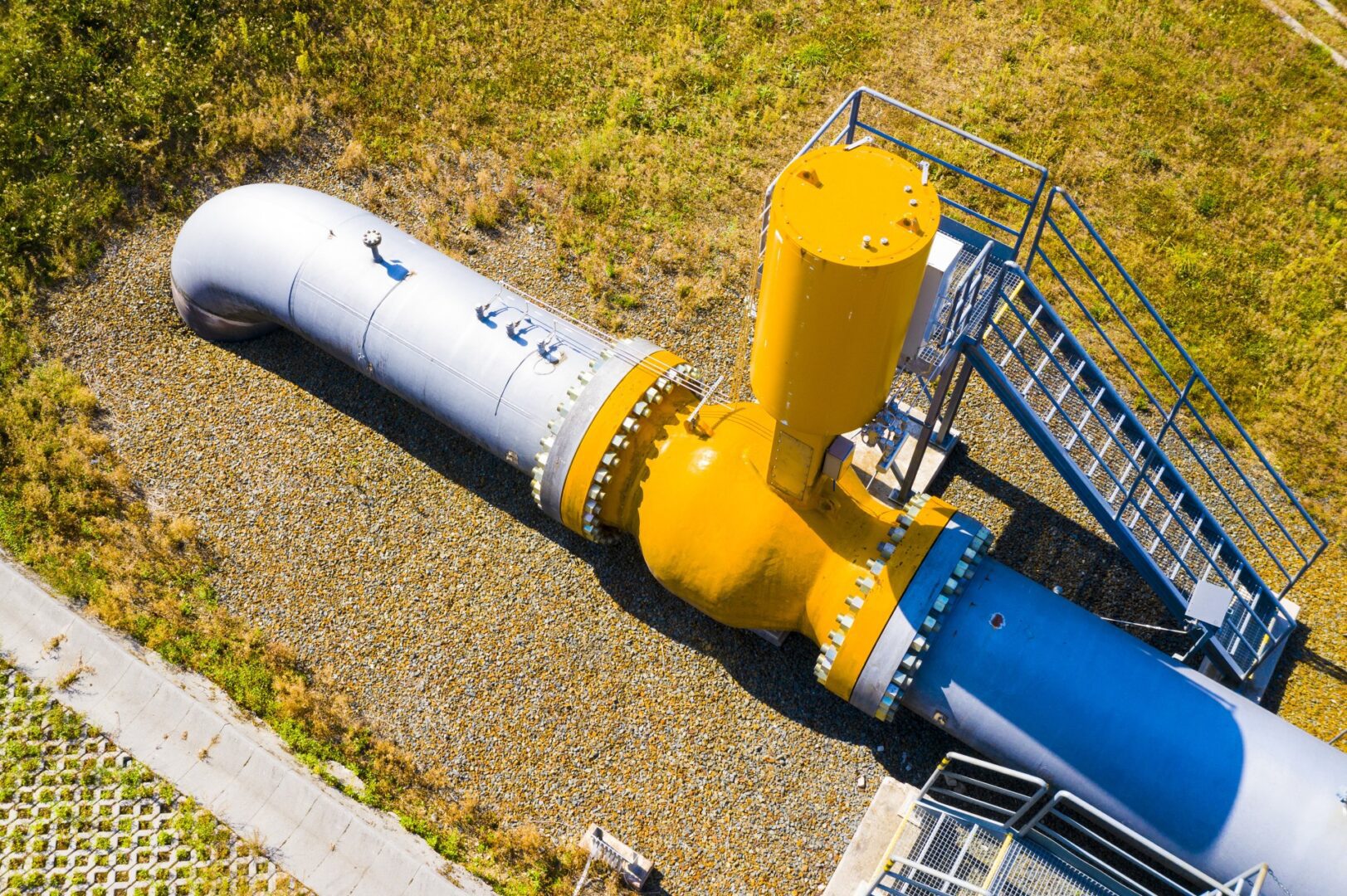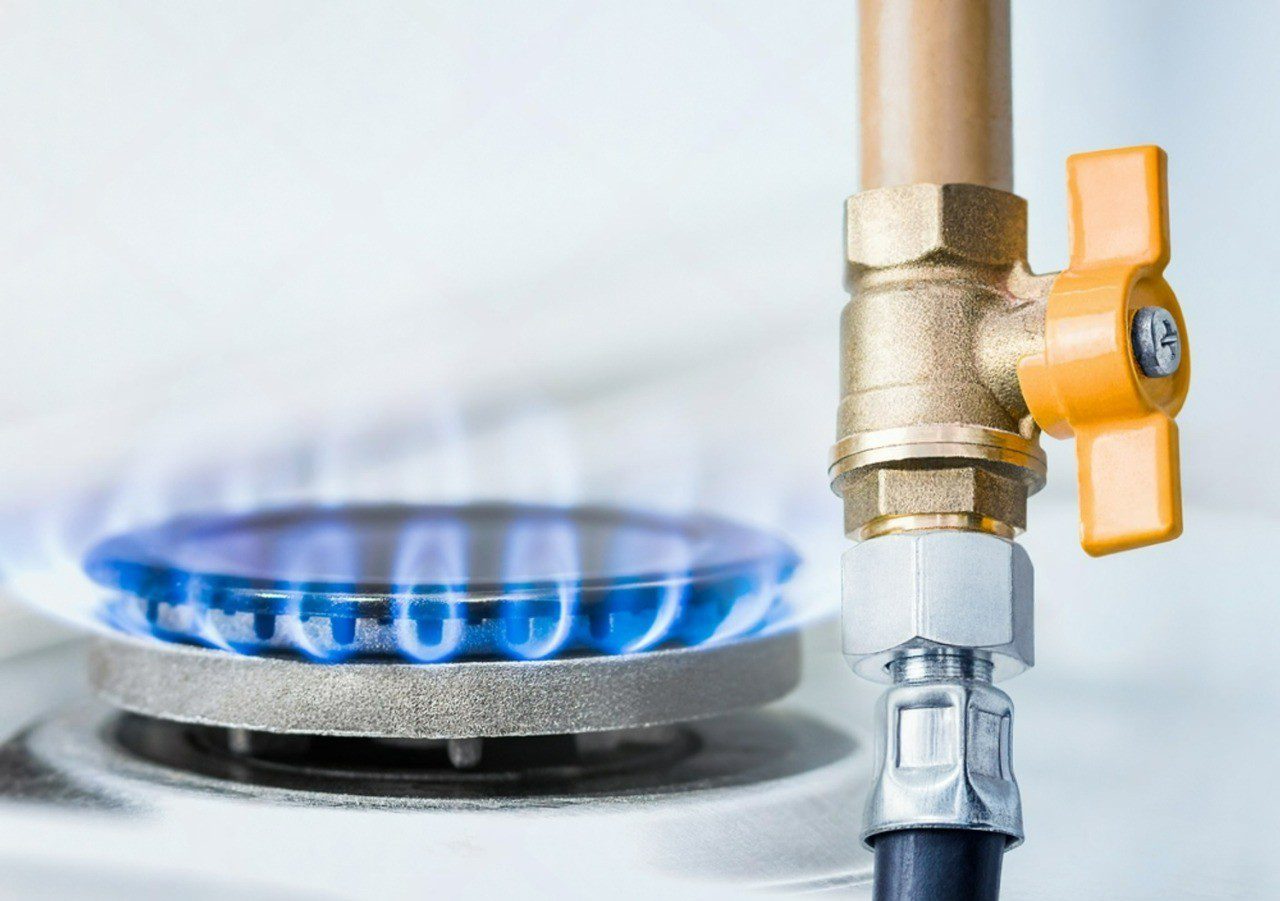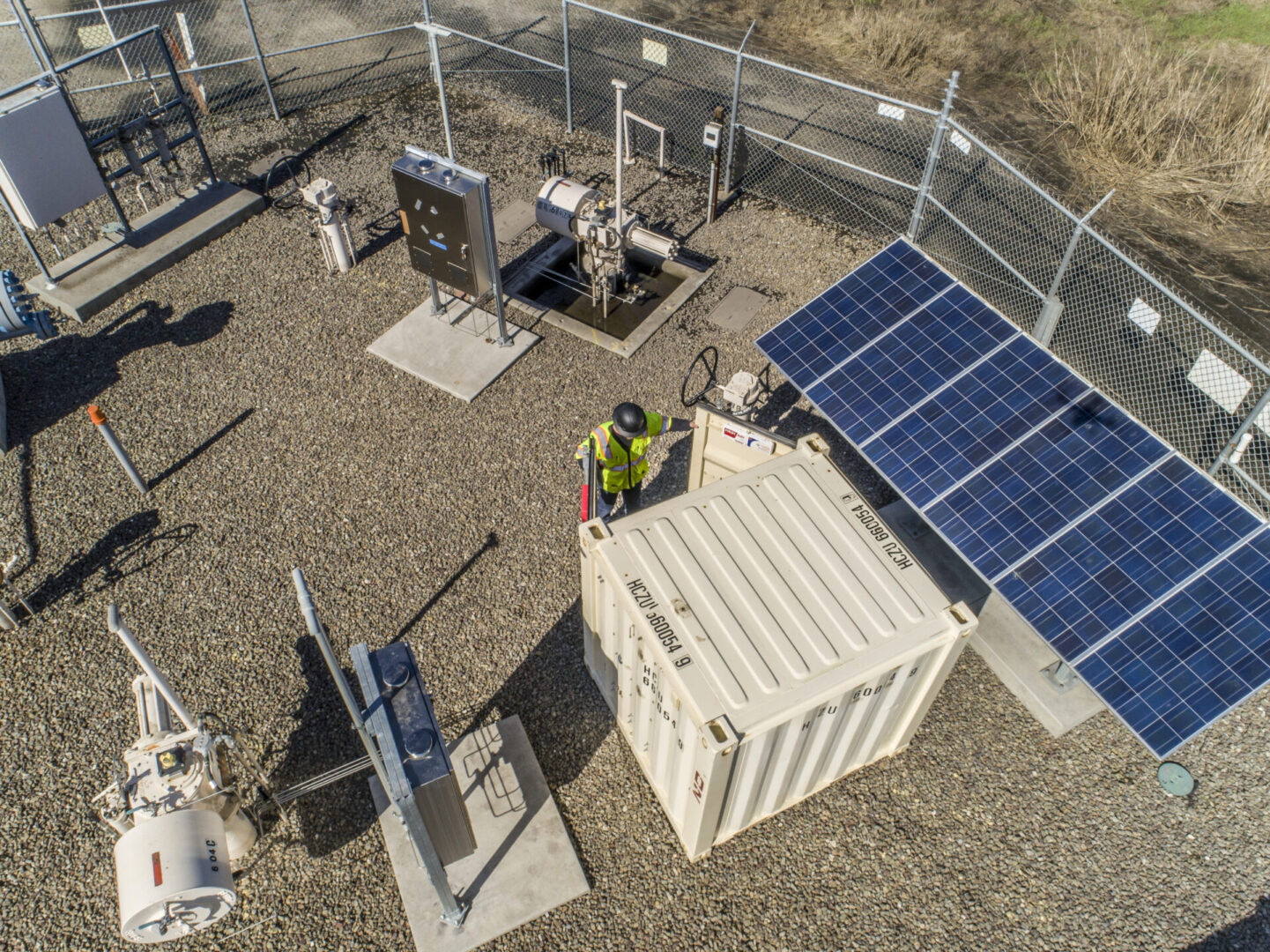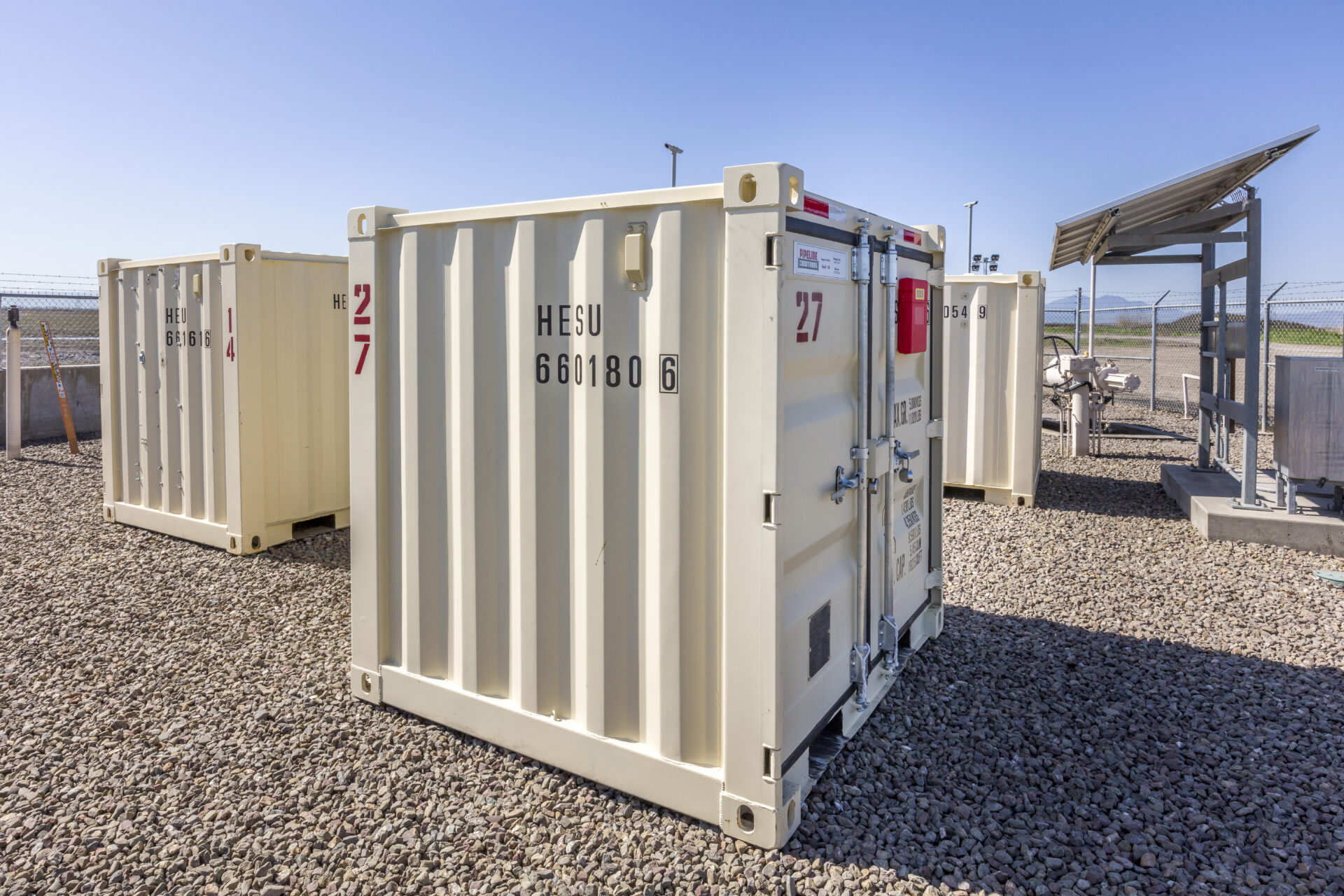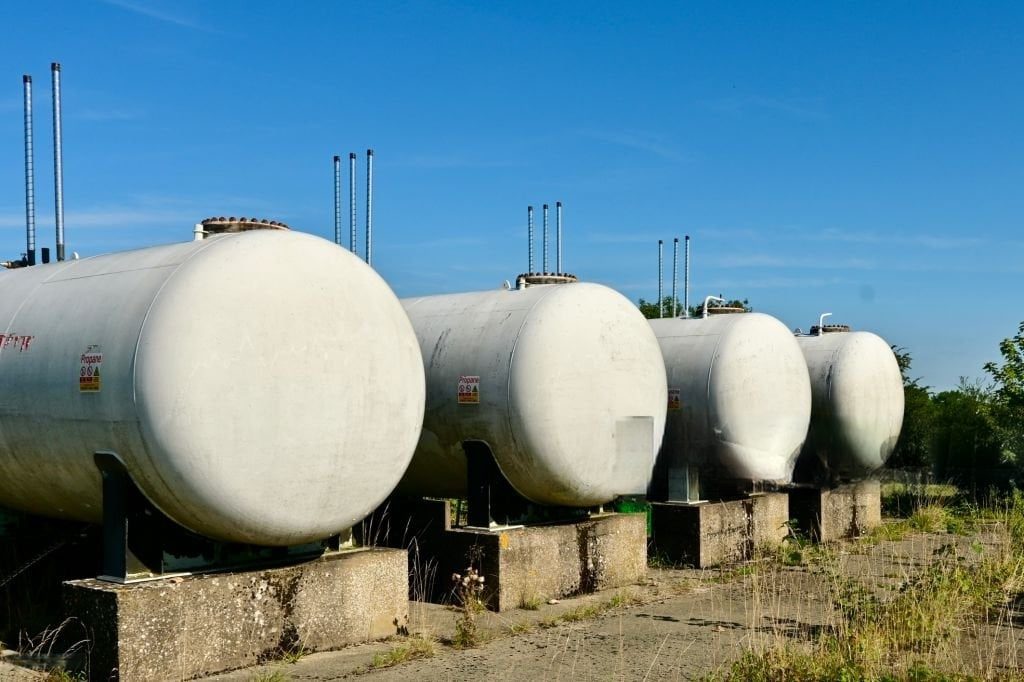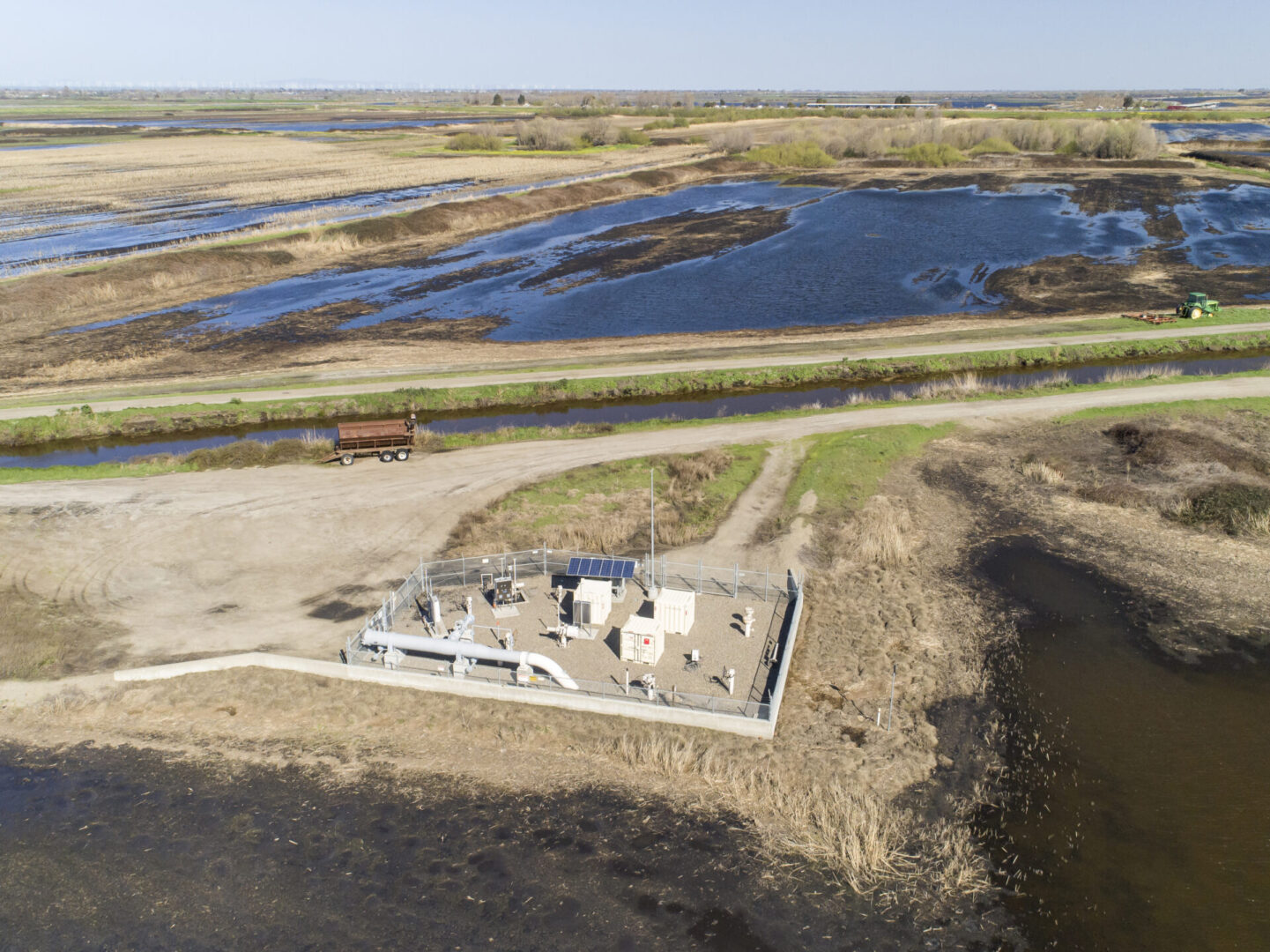
Protecting the Environment: Pipeline Conditioning’s Role in Safeguarding Bird Sanctuaries and Wetlands
Balancing Pipeline Safety with Environmental Stewardship in Sensitive Ecosystems
Environmental protection is more than just a buzzword—it’s a critical responsibility, especially in industries like natural gas and pipeline management. Pipeline Conditioning is a pioneer in implementing state-of-the-art technology that not only saves resources on operating pipes but also prevents accidental spills into sensitive ecosystems. Therefore, at Pipeline Conditioning, our pipeline operations are safe, and at the same time, we are dedicated to the well-being of the flora and fauna we encounter during our work.
From the wetlands to bird sanctuaries, pipeline infrastructure are usually located in natural environments that are highly sensitive. Through our pipeline conditioning project in California’s bird sanctuaries and wetlands, we manage to secure and mitigate potential security risks along the pipeline, as well as maintain safety and environmental standards.
Pipeline Operations Affecting The Environment
Pipeline infrastructure could also have an adverse impact on sensitive habitats including wetlands and wildlife areas. However, since pipelines are essential for safe and efficient gas transport, they can present environmentally friendly risks if not taken care of responsibly. These risks are the following:
Habitat Disruption
The maintenance or installation of the pipeline may disturb the birds and the flora and fauna of the wetland ecosystems.
Leak Risks
The unnoticed leaks could pollute the soil and water and the plants, animals, and aquatic creatures can be harmed.
Long-term changes
The incorrectly managed pipelines might lead to erosion, vegetation loss, and water flow changes all of which are influential to local ecosystems.
At Pipeline Conditioning, we know these problems and we take a pre-emptive approach to make our work sustainable.
The environmental protection of Pipeline Conditioning
Our work in areas that are sensitive to the environment does not end with the meeting of regulations- it is carried out in a way that is protecting these ecosystems dynamically. Here is the way we do it:
Specific Training
Our team has been trained to work in environments of high sensitivity such as bird sanctuaries and wetlands. Thus, they cause minimum disruption to wildlife and ecosystems.
Custom-made Solutions
We program our pipeline conditioning procedures especially for the needs of the given environment using the methods which stand for safety and sustainability.
Advanced Leak Prevention
Our procedures and equipment are purpose engineered to have several redundancies to prevent leaks, we’ve never spilled, not once, not even a drop.
Interaction with Environmental Authorities
We establish collaborations with the environmental authorities and the conservation bodies to be sure that our operations are in line with the preservation activities.
Minimal impact techniques
The small footprint aspect is the design of our methods, for example, using mobile equipment and limit ground disturbance.
Why Are Wetlands and Bird Sanctuaries Important?
Wetlands, along with bird sanctuaries, are crucial to the preservation of the biodiversity and balance of ecosystems. They are not only the nesting and feeding places for innumerable birds, but also they are like a natural water filter and provide flood protection. Conversely, these areas are very susceptible and therefore the right pipeline operations are of utmost importance.
Pipeline Conditioning is the one of the only companies that is granted permission to perform pipeline conditioning in the protected bird sanctuaries and wetlands. Being the exclusive contractor is proof of our commitment to environmental stewardship, compliance, and the highest level of safety.
The Larger View: Sustainability in Pipeline Operations
Along with standalone projects, Pipeline Conditioning is integrated into the sustainability-conscious mindset in all of our operations. This includes:
• Carbon Footprint Reduction: We prevent leaks and promote pipeline efficiency, which in turn minimizes greenhouse gas emissions.
• Educational and Advocacy: We inform stakeholders about the importance of sensitive habitats during pipeline operations.
• Continuous Improvement: Our team is on a mission to find the newest technologies and techniques that help us enhance our environmental performance.
Why Choose Pipeline Conditioning?
When dealing with areas sensitive to the environment, it is paramount to choose a reliable partner. Pipeline Conditioning is the best choice for safe and responsible pipeline operations due to its expertise and unique authorization to work in bird sanctuaries and wetlands. We are the ones the operators and agencies feel secure with because:
• Proven Experience: Many years working in a difficult environment and with great success.
• A Significant Environmental Focus: Our commitment to the ecosystem through the delivery of reliable pipeline solutions.
• Customized Services: Tailored solutions for each project to reduce any environmental impact.
Final Thoughts
The care for the environment is not only a part of our professional duties, it is also a part of our mission. Whether it is in California’s bird sanctuaries, wetlands, or other sensitive places around the U.S., Pipeline Conditioning mixes technical proficiency with the environmental protection philosophy to make sure that operations are safe and sustainable.
If your project involves pipelines in environmentally sensitive areas, Pipeline Conditioning is here to help. Reach out to us today to discover how we can assist in your operations while securing the natural world for future generations.
Myths and Truths About Odorization
Odorization is one of the most important safeguards in the natural gas industry, but it is also one of the most misunderstood. We hear the…
From Pipeline to Stove: The Journey of Safe Gas
Every October, Natural Gas Week gives us a chance to step back and appreciate one of the most important energy sources in our daily lives.…
The Real Cost of False Leak Calls
When it comes to odorization, one of the most common mistakes we see is over-odorization. Some contractors think adding a little extra odorant “just to…
The Benefits of Partnering with a Specialized Odorization Service Provider
Expert Solutions for Safety, Compliance, and Operational Efficiency When trying to ensure the safety of natural gas pipelines, odorization is the topmost priority. The addition…
Job Safety Best Practices: Staying Safe in Extreme Heat
As temperatures climb, so does the risk of heat-related illness on pipeline projects. Whether you’re operating a valve trailer in West Texas or overseeing a…
The Importance of Pipeline Pickling for Residential Buildings: Keeping Urban Living Safe
Protecting High-Rise Residents with Proper Pipeline Conditioning and Odorization From the luxury apartments of Manhattan to the sleek towers of Los Angeles and Chicago, high-rise…
Steel vs. PE Pipes: Evaluating Costs and Material Selection for Natural Gas Pipelines
Selecting the appropriate material for natural gas pipelines is a critical decision that impacts both initial investment and long-term operational efficiency. Steel and polyethylene (PE)…
From Frustration to Foundation: How One Engineer’s Mission Became Pipeline Conditioning
From Frustration to Foundation: How One Engineer’s Mission Became Pipeline Conditioning In an industry where too many things are done out of habit, Pipeline Conditioning…
Temporary Odorization and Why Doing It Yourself Might Just Be Costly
The Hidden Costs of DIY Odorization: Why Expert Solutions Save Time, Money, and Risk Quick problem-solving is everything in the natural gas world, especially when…
Decommissioning an Odorization Station: Best Practices for a Smooth Transition
Ensuring Safety and Efficiency When Retiring Critical Infrastructure Odorization stations play a crucial role in the safety of natural gas by adding an odorant that…


